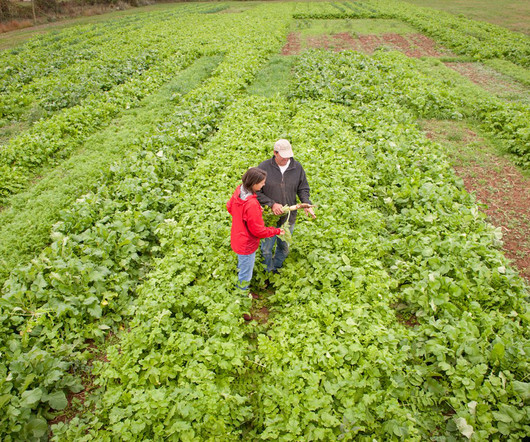Albania: A lesson in localism
Sustainable Food Trust
SEPTEMBER 6, 2023
Until 1990, the system of collective farms in a country that had been able to utilise its abundant water to irrigate most farmland, meant Albania was self-sufficient in food. hectares (less than 2 acres), and just over 40% of the population of around 3 million, work in agriculture – Albania’s primary economic sector.











Let's personalize your content